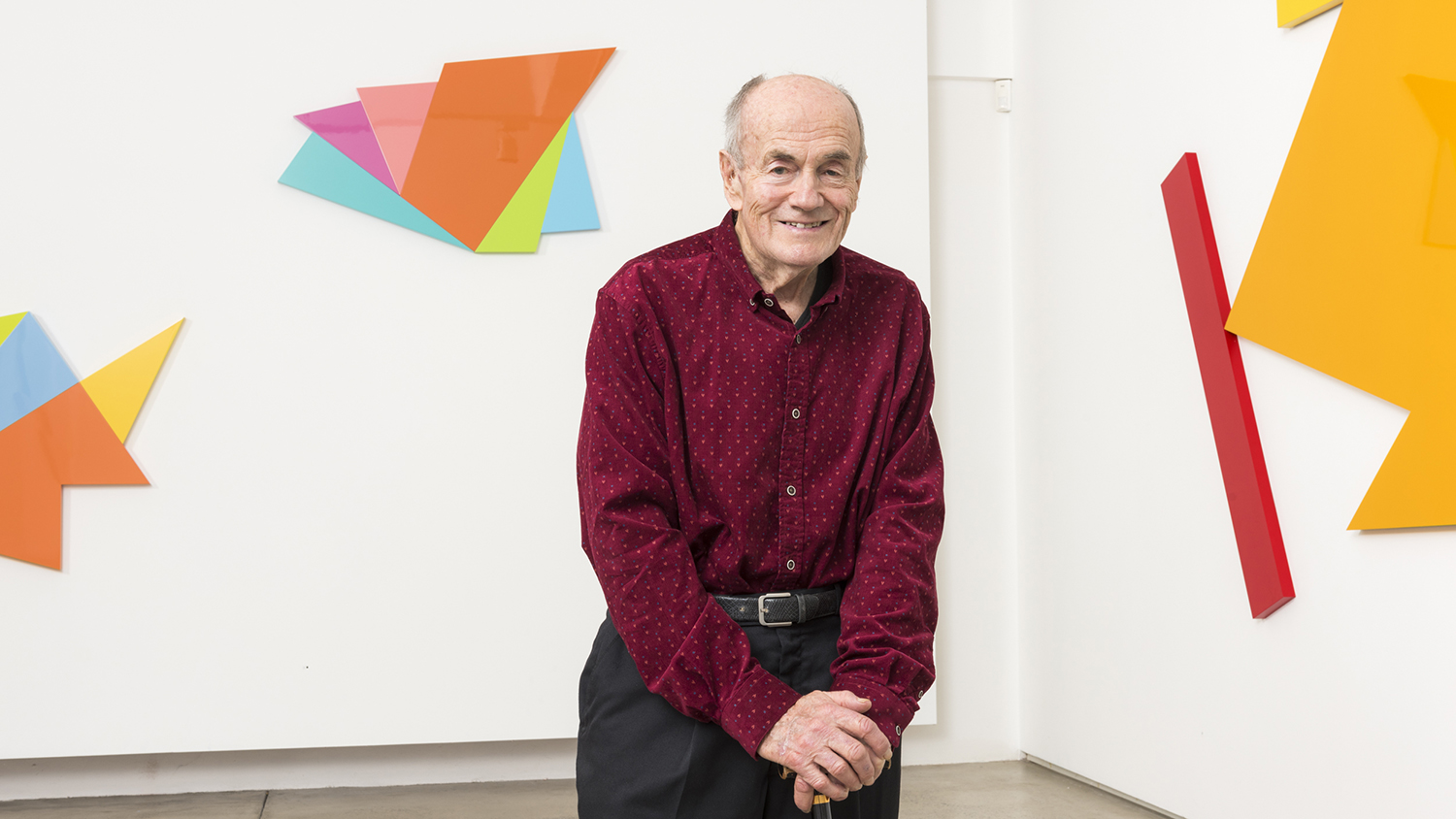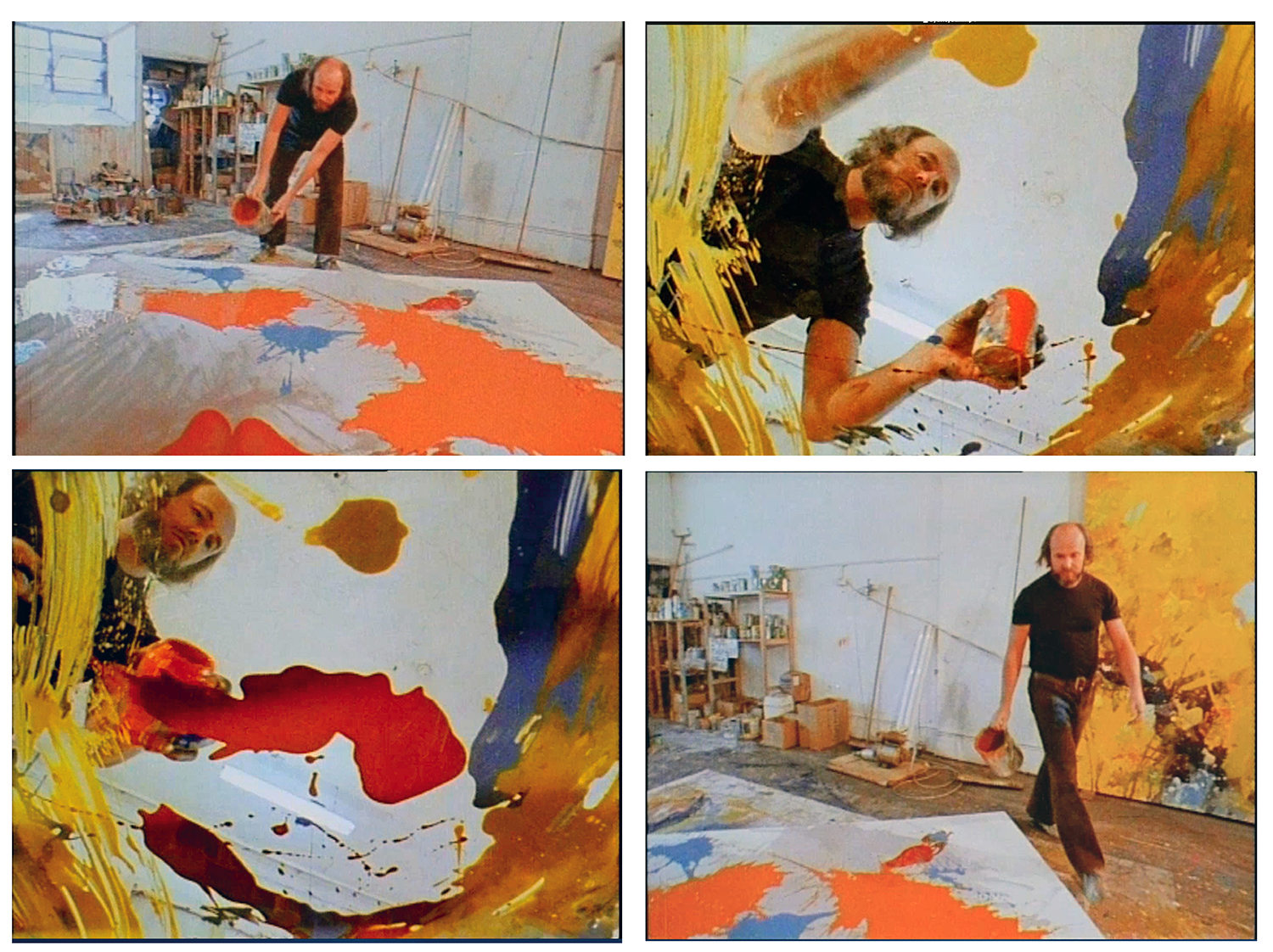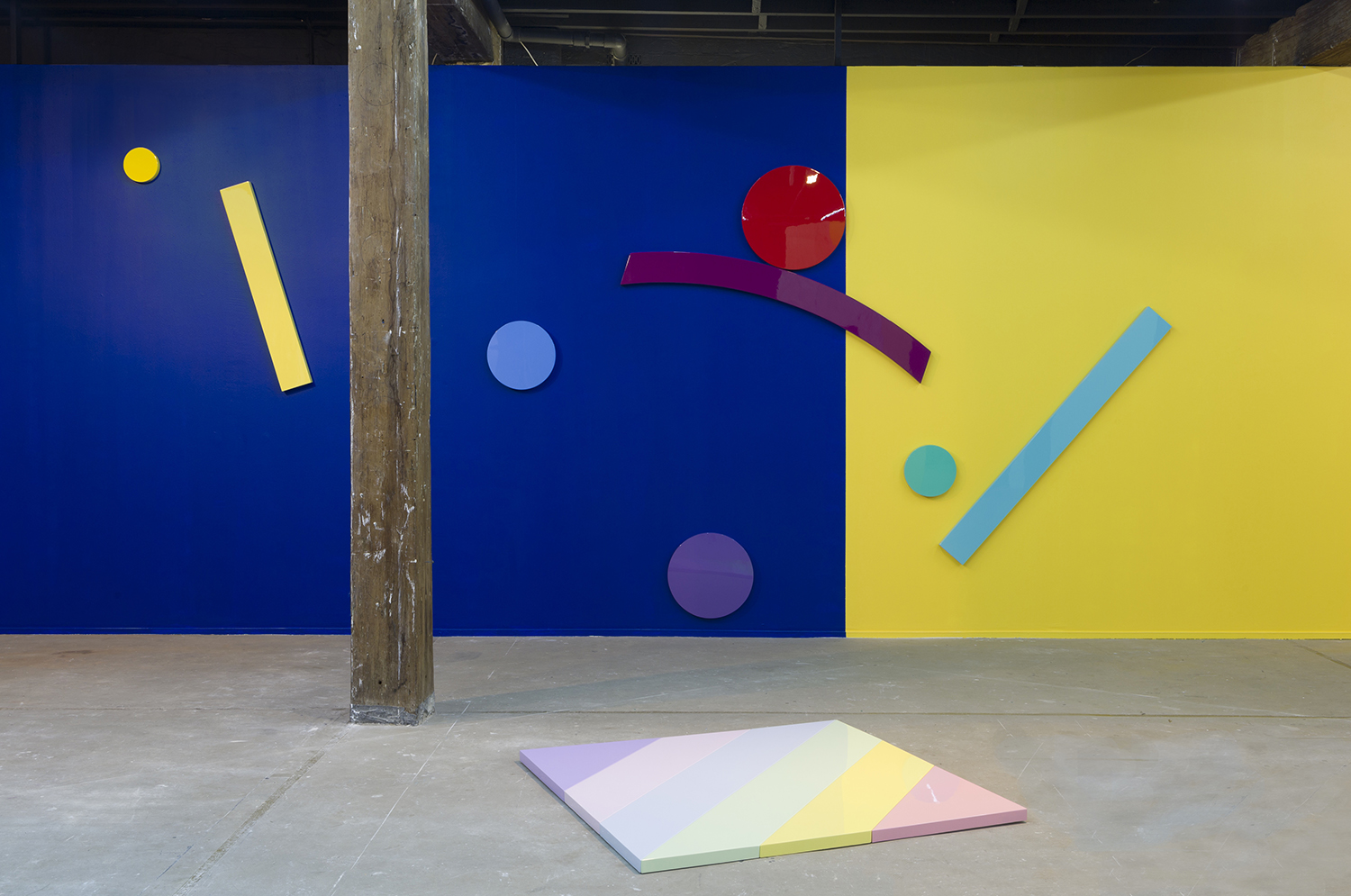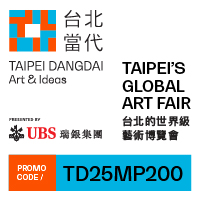Obituary: Sydney Ball (1933–2017)
By Katherine Volk

Australian artist Sydney Ball died on March 6, 2017. Photo taken in 2016. Courtesy Sullivan+Strumpf, Sydney
Australian abstract painter Sydney Ball passed away on March 6. He was 83 years old. Throughout his career, he investigated the potential of color and form and was regarded as an influential pioneer of Abstract Expressionism in Australia. Over his lifetime, Ball had participated in over 50 solo exhibitions around the world.
Born in Adelaide, Australia, Ball moved to the United States in 1963, where he enrolled in the renowned independent art school, the Art Students League of New York, under Abstract Expressionist painter Theodoros Stamos. It was at the League where Ball was exposed to prominent figures of the post-war American art scene, such as Willem de Kooning, Mark Rothko, Hans Hofmann and Kenneth Noland, whose expressionistic and color field paintings would significantly impact his practice and exploration of color, spatial relationships and scale.
Ball moved back to Australia in 1965. Three years later, he participated in “The Field,” the seminal exhibition of Australian art at both the National Gallery of Victoria, Melbourne, and the Art Gallery of New South Wales, Sydney. The landmark display of 74 works by 40 color field artists is considered a radical contribution to the country’s art history. Although Ball previously held exhibitions in New York, his inclusion in “The Field” is seen to have launched his career, and made him a standout among the new generation of Australian artists.

Sydney Ball at work, 1975. Courtesy Sullivan+Strumpf, Sydney.

Installation view of the group exhibition "Superposition of Three Types" at Artspace, Sydney, 2017. Courtesy Sullivan+Strumpf, Sydney.
His first series, “Band” (1963–64) contains vertical lines of oil paint on canvas. Ball’s experimentations with lines later transformed into a circle in his “Canto” series (1964–67), which was reflective of the artist’s growing interest in Eastern philosophy and Zen beliefs, where he would frequently reference the mandala. His oeuvre continued to evolve throughout his lifetime with many more series encapsulating developments in thinking and practice, such as his “Persian” paintings (1967–68), which were loosely informed by Islamic architecture and decorative Persian miniatures.
Ball taught painting and lectured at multiple universities worldwide, including the Central Academy of Art, Beijing, Chengdu Academy of Art, Lhasa’s University of Tibet, and Adelaide’s South Australian School of Art, part of the University of South Australia, among others. He sustained a close relationship with the University of South Australia; in 2013, Ball was granted the honorary award “Doctor of the University,” and in the same year, he gifted over 30 works to their Samstag Museum of Art collection, worth more than AUD 1 million (USD 760,000).
In response of Ball’s passing, Sydney-based gallery Sullivan+Strumpf, which has worked with the artist since 2005 said: “We are so very grieved to have lost our dear friend, our great mentor and this tremendous artist. But we are also so grateful for the many years that we had together . . . for his passion, generosity, and for the color that he brought to our lives.”
Ball was always creating new work, even until the end of his life. His enduring career pushed the limits of artistic practice, and his contributions, both at home and abroad, will continue to live on. His work is collected by over 70 Australian and international institutions, such as the Museum of Modern Art, New York; the National Museum of Contemporary Art, Seoul; and the UBS collection in Sydney.
Sydney Ball’s work is currently on view in the group exhibition “Superposition of Three Types” at Artspace, Sydney, until April 17, 2017.
ArtAsiaPacific contributor Anne Loxley recently featured Sydney Ball in Issue 98, May/June 2016.
Katherine Volk is assistant editor at ArtAsiaPacific.






